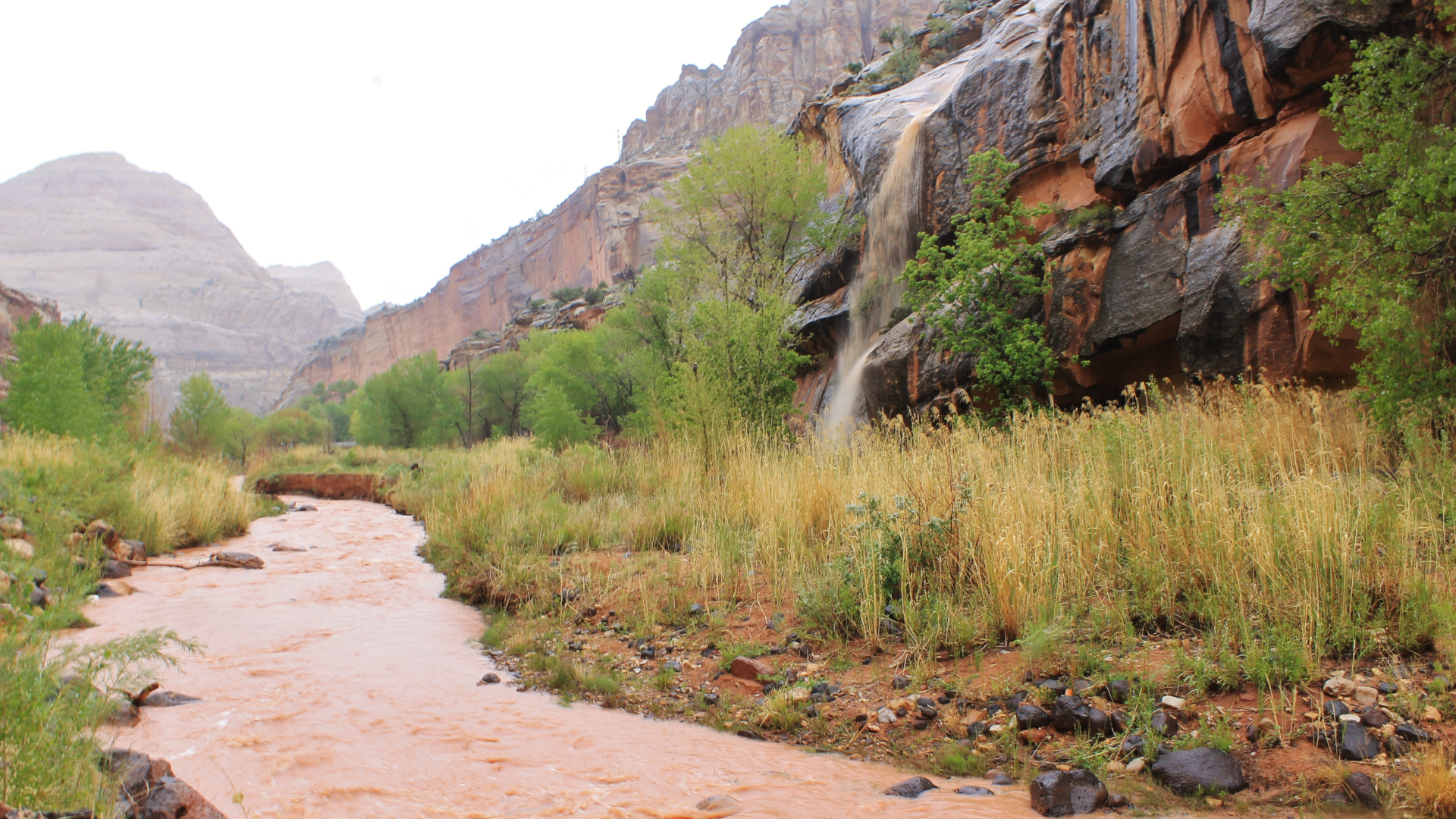
Spring has finally sprung and your feet might be itching to get into some hiking boots and out onto the trail. Spring hiking can be truly marvelous, thanks to the longer days, and budding wildflowers, and after a long winter of working out at the gym, everything seems fresher, brighter and more inviting.
However, springtime conditions on the hiking trails can belie the weather down in the valleys and it’s easy to get caught unawares and find yourself in a surprisingly dangerous situation. Even though the snow is melting, mountain rescue tends to be extra busy at this time of year, and the increased trail traffic doesn’t help. With a little know-how, however, you can hike safely in any season, but there are seven springtime trail hazards you need to know about before you shed your heavy layers.
1. Snow and ice
The springtime conditions down low are no doubt what’s enticed you onto the trail, but be aware that you may still encounter snow and ice at elevation and in any spots that remain in the shade throughout the day. It’s tempting to want to throw on your breathable trail running shoes for a mild weather hike, but even a little ice can make the trail quite treacherous if you don’t have decent traction, while windblown snow that’s been on the trail for months can be extremely hard-packed and slick.
Either stick to low-lying trails, like forest routes and coastal paths, or make sure you have Vibram soles and deep lugs on your hiking shoes and carry backup traction devices like Yaktrax as a preventative measure for a few more weeks.
One other hazard of snow-covered trails, especially when combined with poor weather and visibility, is that they can make navigation surprisingly difficult. Research your route well and carry backup navigational tools like a map and compass.
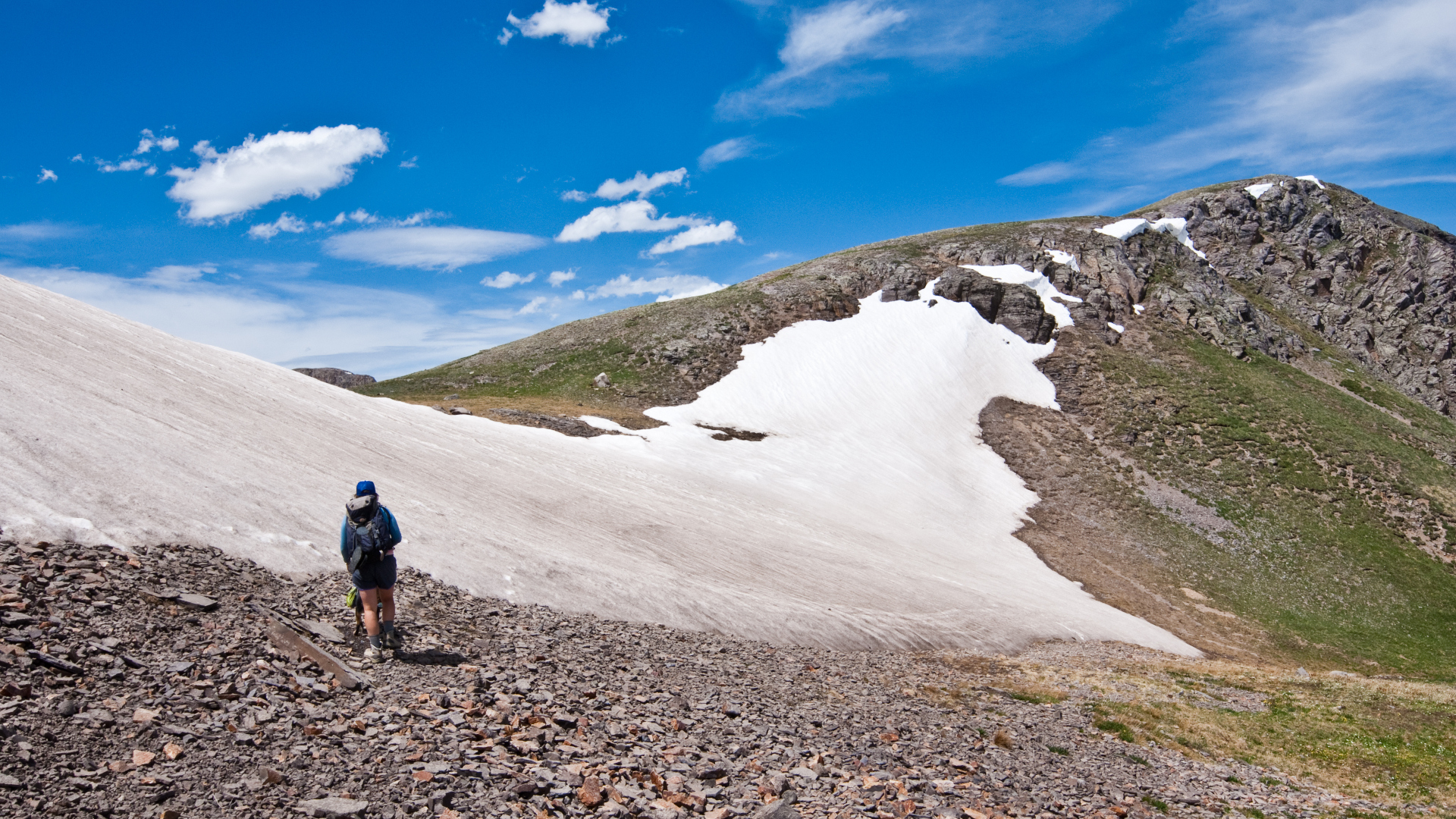
2. Avalanches and rockfall
If you’re venturing into higher altitudes, even though the snow might be melting fast, it’s important to know that the increased freeze-thaw cycles caused by warm spring days and freezing overnights can actually make the avalanche risk higher than during the winter months. Check the avalanche forecast before you set off, carry an avalanche beacon and know when to change your plans.
Similarly, research suggests that the freeze-thaw cycles in the spring may increase rockslides, and while there isn’t a rockfall forecast you can check, it’s a good time to avoid hanging out at the bottom of rocky crags.
3. High water
Lower down, that fast-melting snow on the peaks translates into rushing rivers and streams. There’s no doubt that this is the best time of year to go waterfall hiking, but you also might encounter dangerous river crossings where your typical summer route is completely submerged, and you may even discover that the trail you planned to use is washed out.
Flowing water can be more fearsome than it looks, and hikers do get swept downstream causing death or severe injury, so it’s safest to avoid dangerous river crossings altogether where there isn’t an obvious route to cross. The water levels will usually fall again by June allowing you lots of summer to explore your favorite trails safely.
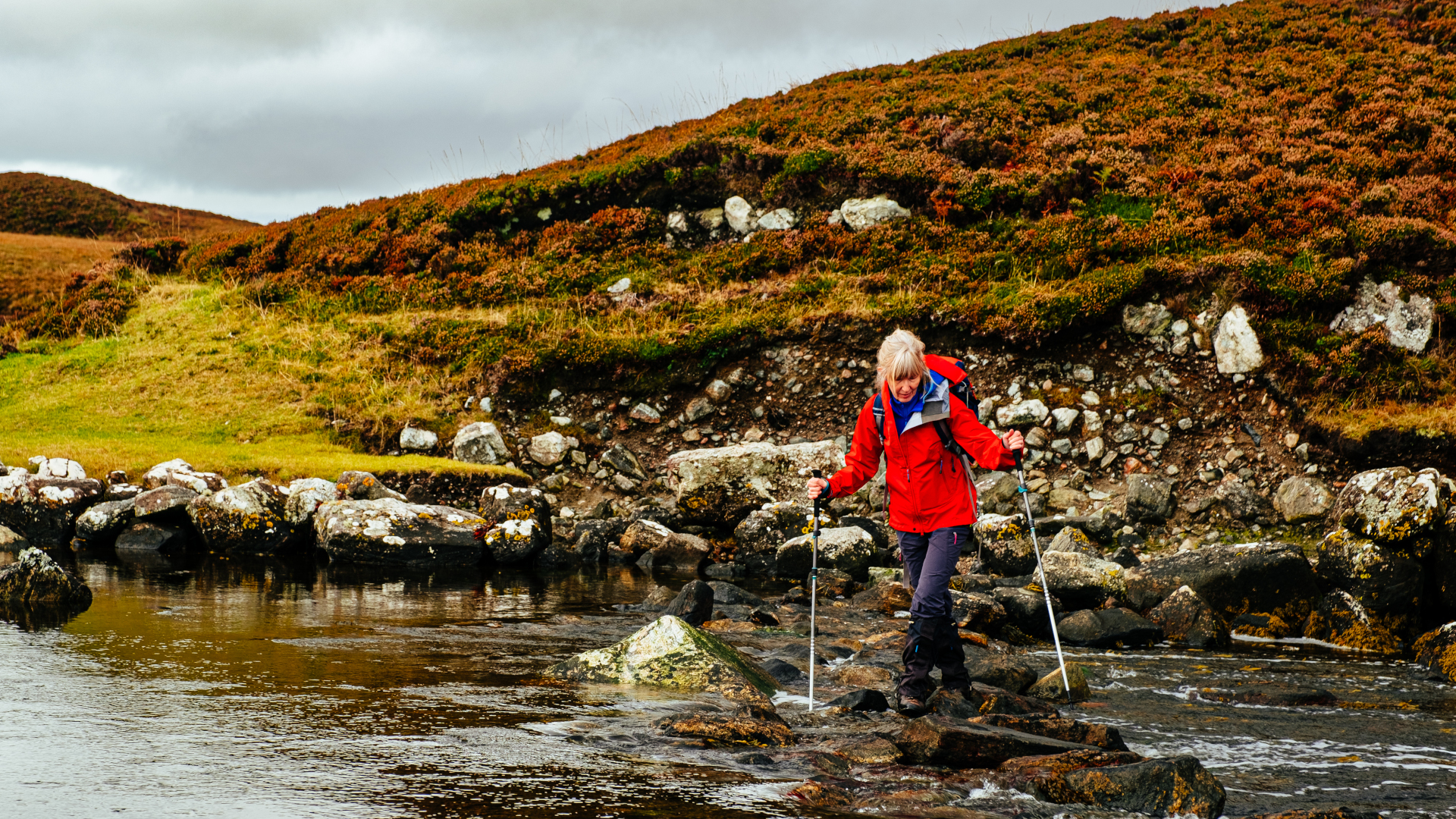
4. Hazard trees
Trees can fall anytime, but this hazard does pick up a little in the spring when trees have been weakened by the winter frost, while spring flooding can further destabilize their roots. In truth, hazard trees are very difficult to predict and there isn’t a lot you can do on the trail besides stay alert, but it’s a good time to avoid trails where there are known to be lots of downed trees and be aware that your path may be blocked.
5. Ticks
The mild weather has hikers leaving hibernation for the first time in months to enjoy some sunshine and fresh air, but unfortunately, ticks have the same idea and start to be more active at this time of year. Tick bites can be harmless, but ticks can also be carriers of serious diseases such as Lyme. It’s best to avoid walking through the long grass and overgrown trails right now, and give the hiking shorts a miss, wearing long hiking pants instead.
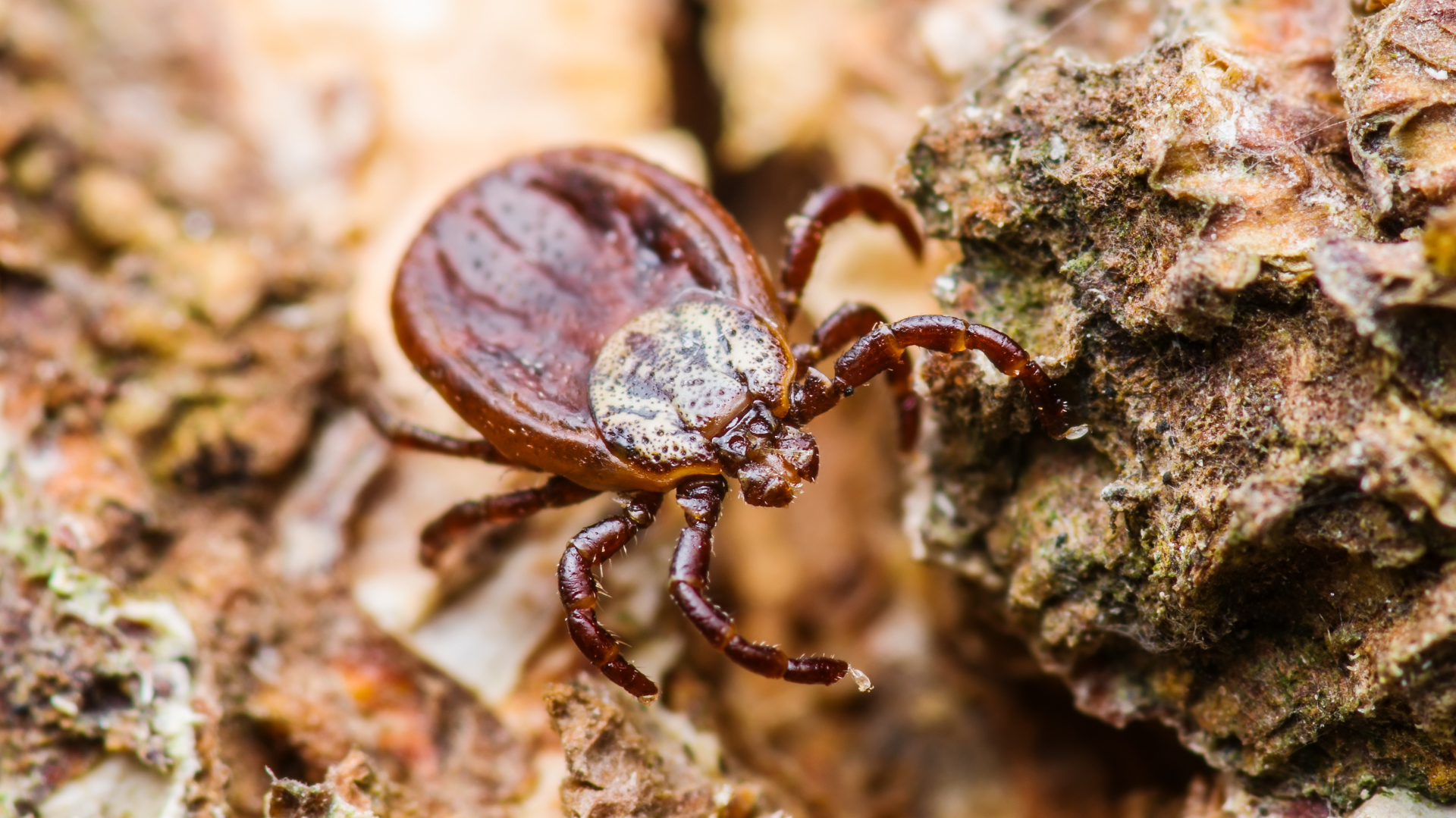
6. Unstable weather
When you think of spring, you probably think of mild, pleasant days, but the reality can often be quite a bit more tumultuous. Of course, weather can turn dangerous at any time of year, whether you’re dealing with an afternoon thunderstorm in the summer or a winter whiteout, however in spring, it’s the combination of unstable weather patterns and lack of preparation that can cause some hikers a headache.
Late season snow storms, sudden cold and hail don’t have to be a problem unless you set off in a T-shirt because it was warm at the trailhead. Make sure you bring an extra insulating layer such as a fleece jacket to protect you against hypothermia if you’re heading into higher elevations or embarking on a long hike, and clothes that defend you against moisture, such as a waterproof jacket and rain pants. Pack a hat and hiking gloves to protect your skin against frostbite if the conditions end up being colder than you expected. With the right clothing, you can enjoy a hike even if it has all four seasons in a single day.
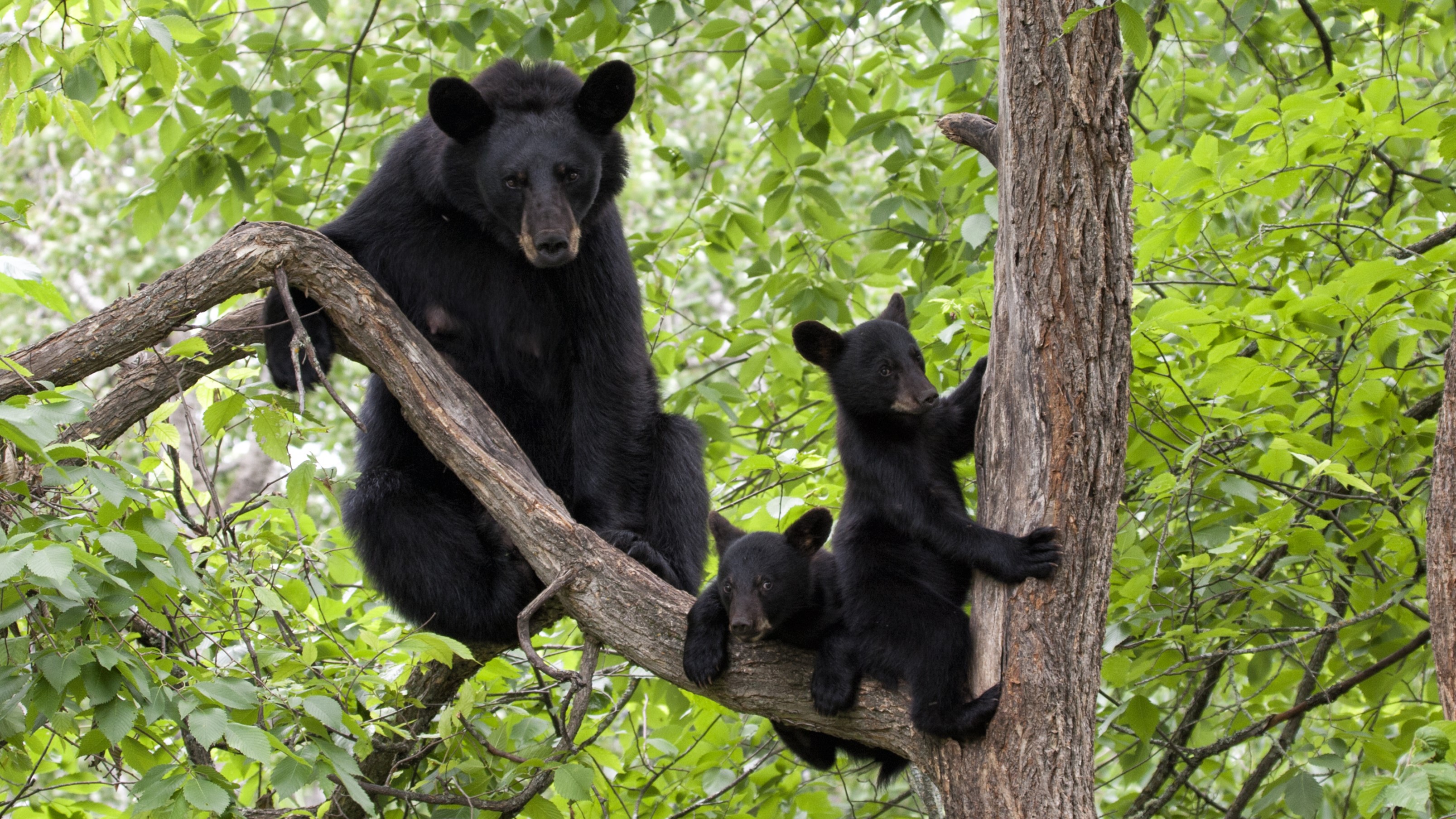
7. Active wildlife
Spring is the time when the natural world comes alive again and it’s migration and mating season for many species. This makes it a wonderful time for wildlife viewing and bird watching, but it can somewhat increase your risk of an unwanted encounter with a hungry animal in certain parts of the world.
In particular, a snowy winter can mean mountain lions and wolves are starving, while bears are always a bit peckish when they wake up from torpor. It’s pretty unlikely that you’ll find yourself facing off against such animals, but it does happen and it’s helpful to brush up on your wildlife safety, especially if you’re in bear or rattlesnake country.
Most animals don’t want to eat you, but many will be nursing their young and feeling extra protective right now, so if you find yourself near a baby bear, moose or elk, you’ll want to back out of the area so that momma doesn’t see you as a threat. Remember, the wildlife kingdom doesn’t want to get close to you and most animals will avoid heavily trafficked trails if they can, so avoid going too far off the beaten path, observe trail closures and keep your eyes and ears open.







